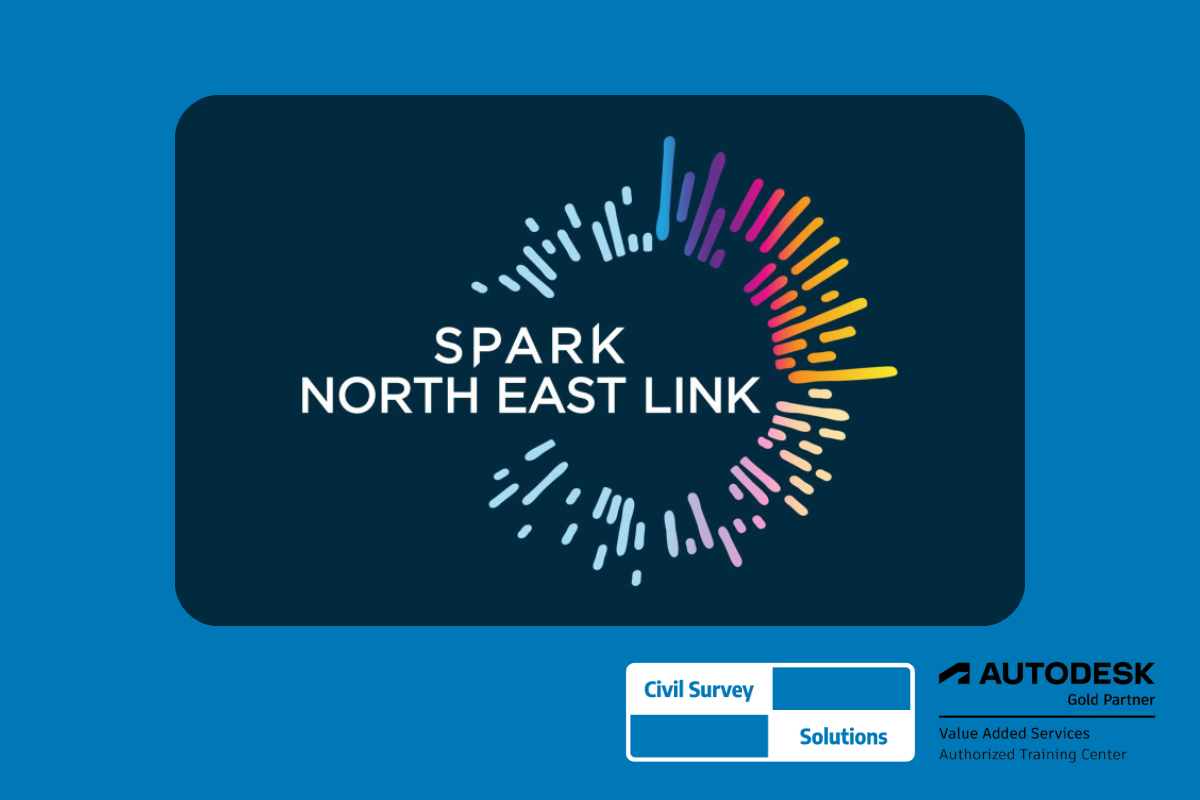The global construction industry continues to evolve, embracing technology to optimise productivity and enhance quality. However, one challenge persists the cost of ‘bad data.’ This term refers to inaccurate, incomplete, inaccessible, inconsistent, or untimely data that fails to provide actionable insights.
In 2020, this issue was responsible for a hefty loss of $1.85 trillion worldwide*. ‘Bad data’ significantly impacts the construction industry, causing project delays, budget overruns, unnecessary rework, change orders, and even safety incidents. All these stem from inadequate data quality and management. The research also showed that companies who strategically collect, manage, and analyse usable data report a vastly different story. They experience fewer project delays, minimal budget overruns, a reduced need for rework and change orders, and an overall decrease in safety incidents. These improvements paint a vivid picture of how data quality can directly influence the efficiency and profitability of a construction project.
The challenge for companies who do not have efficient data management processes in place is then determining how to tackle the issue. One common solution is a transition from a dual-software approach (12D and AutoCAD) to an integrated single data environment such as Autodesk’s Architecture, Engineering, and Construction (AEC) Collection. This approach is recommended as a solution given that a dual-software approach often demands significant manual input, transfer, and coordination between systems, leading to data discrepancies and inefficiencies.
Autodesk’s AEC Collection provides a single centralised, consistent, and timely data environment. The collection offers tools such as AutoCAD, Revit, Civil 3D, and Navisworks Manage that capture every design, decision, and detail under one umbrella. Working in unison, these tools along significantly reduce the risks of data errors or inconsistencies, helping streamline workflows, foster real-time collaboration, and enhance decision-making. A single data environment also aligns with the global trend towards adopting Building Information Modelling (BIM) as standard practice. BIM requirements are increasingly being implemented in construction projects, especially as Australia catches up with the global trend. Being able to successfully manage BIM requirements necessitates a shift to a more integrated data environment.
If your current practices are not efficiently managing your data, it is essential for your company to address the ‘bad data’ problem head-on. Not only because of the costly implications, but also to ensure that you are on track to adopt BIM as standard practice. We understand that the shift from a dual-software approach to an integrated data environment can seem daunting. however we are here to support you and have put together a free guide on what your transition may look like.
Download your free guide to making the transition here: DOWNLOAD NOW
*Information Source: https://www.prnewswire.com/news-releases/study-from-autodesk-and-fmi-finds-better-data-strategies-could-save-the-global-construction-industry-1-85-trillion-301376278.html
About The Author
Natasha is our resident marketing expert on all things infrastructure. She has completed a double degree in Architecture and Construction management before moving into the world of digital marketing.




